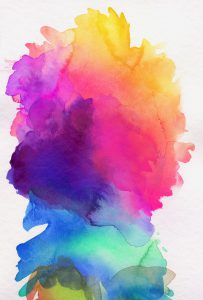
Albert, A., and J. Kormos. (2011). “Creativity and Narrative Task Performance: An exploratory study.” Language Learning 61(1): 73–99.
Egbert, J. (2009). Supporting Learning with Technology: Essentials of Classroom Practice. Upper Saddle River, NJ: Pearson Education.
Green, S. N. (1993). Curious and Creative: Critical Thinking and Language Development. New York: Addison Wesley Publishing Company.
Guilford, J. (1967). The Nature of Human Intelligence. New York: McGraw-Hill.
Huh, K., and J. Egbert. (2010). “1+1 Does Not Always Equal 2: Exploring creativity, language learning, and field experience.” TESOL Journal 1(2): 206–226.
Jordan, A., and O. Carlile. (2013). Approaches to Creativity: A Guide for Teachers. London, UK: McGraw-Hill Education.
Reschly, A. L., and S. L. Christenson. (2012). “Jingle, Jangle, and Conceptual Haziness: Evolution and future directions of the engagement construct.” In S. L. Christenson, A. L. Reschly, and C. Wylie (eds.), Handbook of Research on Student Engagement (3–19). New York: Springer.
Torrance, E. P. (1962). Guiding Creative Talent. Englewood Cliffs, NJ: Prentice-Hall.
Tweedie, S. (2015, July 3). “How the Microwave Was Invented by a Radar Engineer Who Accidentally Cooked a Candy Bar in His Pocket.” Business Insider. http://www.businessinsider.com/how-the-microwave-oven-was-invented-by-accident-2015-4.






